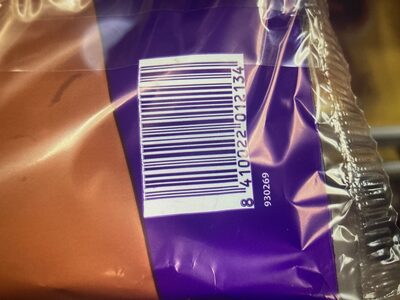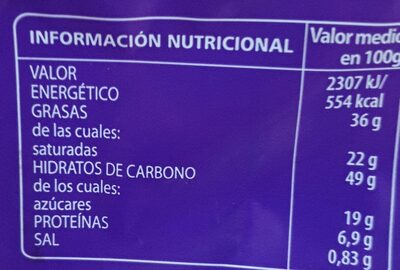Palmera de chocolate -
Aquesta pàgina del producte no està completa. Podeu ajudar a completar-la editant-la i afegint-hi més dades a partir de les fotos ja disponibles, o fent-ne més amb l'aplicació de androide o iPhone / iPad. Gràcies!
×
Codi de barres: 8410022012134 (EAN / EAN-13)
Matching with your preferences
Entorn
Empaquetament
Transport
Espècies amenaçades
Report a problem
Fonts de dades
Producte afegit per kiliweb
Última modificació de la pàgina del producte per luiscostas.
La pàgina del producte, també editada per openfoodfacts-contributors, scanbot, yuka.sY2b0xO6T85zoF3NwEKvlmtcQsX1oGrPCgPktX2G4ueiCrz6ONtuyI2mLag.
Si les dades són incorrectes o incompletes, pot completar o corregir editant aquesta pàgina.






